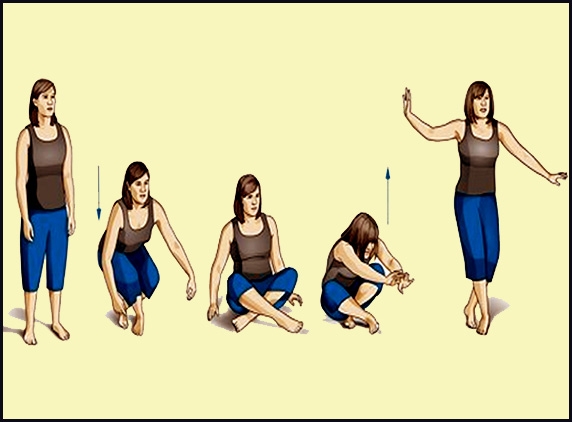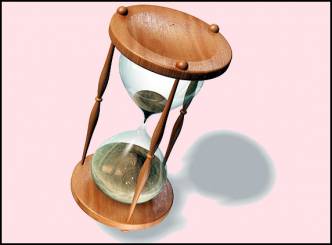
It is a common point of interest among elderly people to know how long they will live.
A Brazilian physician Claudio Gil Araujo came up with a simple test by which he could measure the life expectancy of his patients. When he saw his patients movements of getting up from a chair or picking something from the floor he could more or less estimate the life span they are left with. Then he formulated a test by which it can be measured.
It is a test without any measuring devices or any equipment. Dr.Araujo called it Sitting Rise Test (SRT).
In SRT the subject should wear loose and comfortable clothes. Without using arms or hands as supports, one should down oneself to cross legged squat position. After sitting comfortably again the subject should get up without support of hands. The marks for perfect SRT are 10 (sitting and rising 5+5).
Deduct 1 point each time hands are used during SRT and also deduct half a mark each time the subject loses balance or the exercise gets clumsy losing control. Subjects score less than 8 points are twice as likely to die within next 6 years. Those who score 3 points or less are five times more likely to die within six years. Every point accounts for 21% of the decrease in mortality. Dr.Araujo says that the test that takes only seconds to get the results gave alarmingly accurate results.
It has some limitations. It is useful to people older than 50 years. It also can be tested in persons irrespective of their age to know their physical stamina. If a person below 50 gets trouble in the test it means something is in store for them and they should take care of it. But it is easy to take medical care and get well at a younger age than 50.
Another limitation is many of us living in urban environment have not squatted for long. Because of the furniture and commodes we use many of us have forgotten squatting on the floor. First we have to practice sitting and then test how well we do it to arrive at the points as per SRT!
-SriJa

















